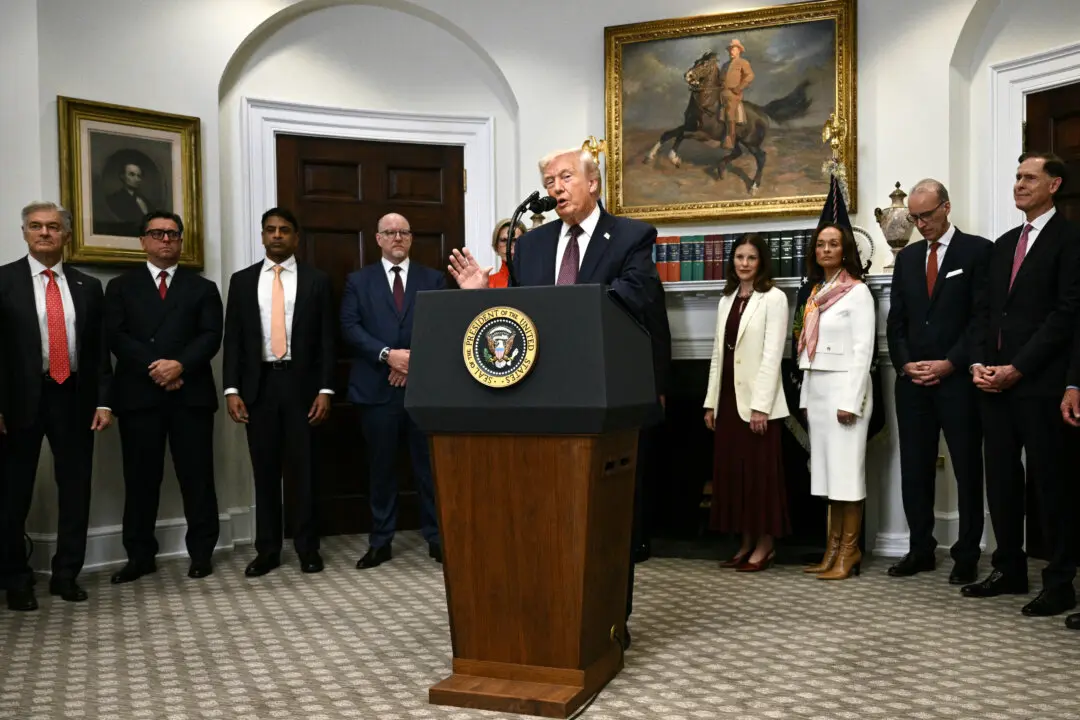A growing group of California residents and environmentalists say the transformation of the state’s deserts into a sea of solar panels to reach ambitious renewable energy goals is coming at a significant price to wildlife, nearby residents’ health, native lands, and even property values.
With 776 solar power plants producing approximately 17 percent of the state’s electricity, the Golden State is awash with the bright silver and blue panels dotting hundreds of thousands of acres.





